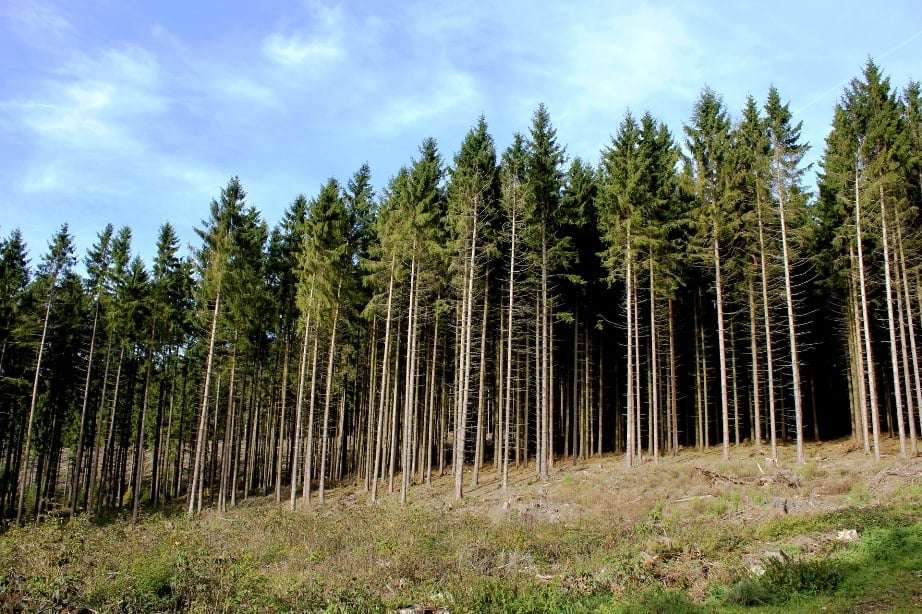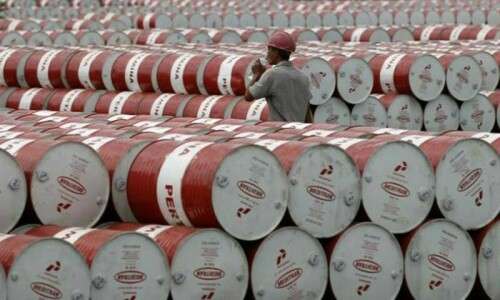KARACHI:
Despite extensive afforestation efforts led by the government, environmental organizations, and local communities, Pakistan continues to lose approximately 11,000 hectares of forest area annually. The primary threats to the country’s forests include deforestation, climate change, wildfires, and the conversion of forested land into agricultural, commercial, and residential developments.
The World Wide Fund for Nature-Pakistan (WWF-Pakistan) has emphasized that preserving the nation’s forests demands a collaborative effort involving government agencies, conservation groups, and local populations. A coordinated approach is necessary to curb deforestation and protect existing tree cover.
Pakistan is among the countries with minimal forest cover, with only five percent of its total land area classified as forested. A significant portion of the country consists of arid and semi-arid landscapes, where scarce rainfall limits the natural growth of forests. Additionally, the forests that remain are increasingly under pressure due to a rapidly expanding population and environmental degradation.
Frequently Asked Questions (FAQs)
- Why are forests important for preventing floods and droughts?
Forests help absorb excess rainwater, reducing flood risks, while also maintaining groundwater levels, which is crucial in preventing droughts. - What are the major causes of deforestation in Pakistan?
Deforestation in Pakistan is driven by urban expansion, agricultural land conversion, illegal logging, wildfires, and climate change. - How much forest cover does Pakistan currently have?
Pakistan has only about five percent of its total land covered by forests, making it one of the least forested countries in the world. - What can be done to increase forest cover in Pakistan?
Increasing afforestation projects, implementing strict laws against illegal logging, promoting sustainable land use, and involving local communities in conservation efforts are key steps. - How does climate change impact forests in Pakistan?
Rising temperatures, erratic rainfall, and extreme weather events contribute to forest degradation, increasing vulnerability to wildfires and reducing biodiversity.


